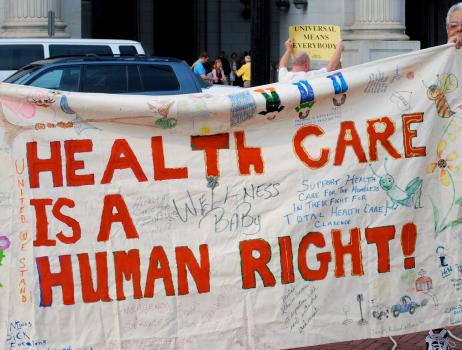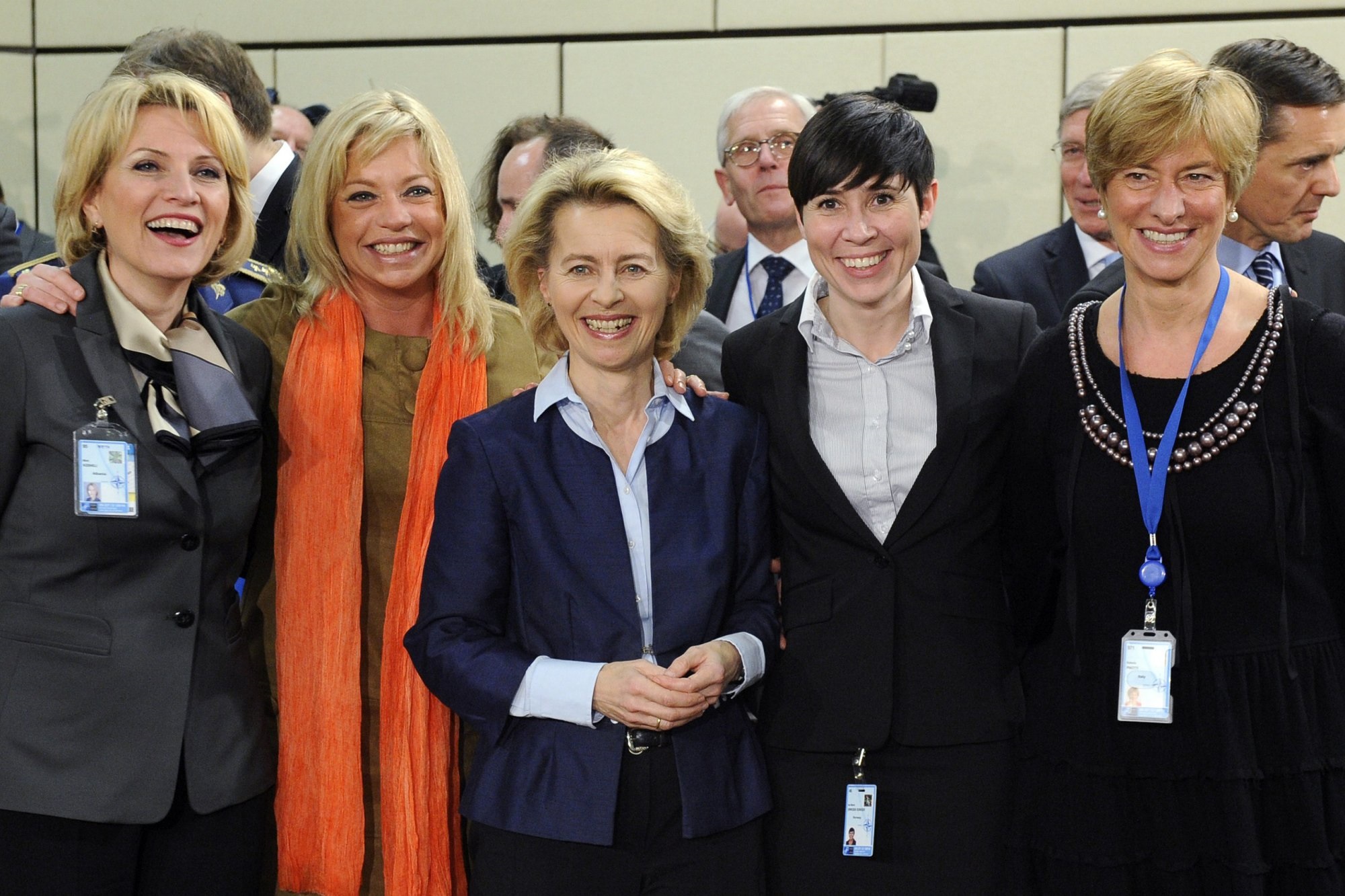
Health, development, and human rights are fundamentally linked. Protecting the physical, mental and social well-being of people advances human rights norms. The concepts are synergetic, as the promotion of one affirms the legitimacy and defence of the other. These rights are evinced in two notable landmarks – the Constitution of the World Health Organization (WHO) and Universal Declaration of Human Rights (UDHR) – which were later expanded into law. Article 12 of the 1966 International Covenant on Economic, Social and Cultural Rights (ICESCR) reads that “[t]he states parties to the present covenant recognize the right of everyone to the enjoyment of the highest attainable standard of physical and mental health.”
The 1978 International Conference on Primary Health Care in Alma Ata marked an unprecedented degree of collaboration between state and non-state actors towards the provision of health on a global scale. Member-states discussed the need to address health delivery inequities by means of preventative, curative and rehabilitative health services. The resulting declaration signified the beginning of the global right to health movement by declaring that health is a human right under the provision of the state and international community.
While links between human rights and development were evident during the drafting of the UDHR in 1948, its place in policy planning and implementation remains precarious. In 1997, former United Nations Secretary-General Kofi Annan established the UN Programme of Reform that stressed the implementation of a rights-based policy approach towards all development programs. A human rights-based approach (HRBA) came to form, aiming to correct structural inequalities that inhibit long-term development goals.
In 2003 the UN created the “Common Understanding on a Human Rights-Based Approach to Development Cooperation” as a guiding definition and approach for policy-makers. It pleads that “human rights standards and principles guide all development cooperation and programming in all sectors and phases of the programming process.” A HRBA has been reaffirmed at the 2005 World Summit and in both the Paris Declaration on Aid Effectiveness (2005) and the Accra Agenda for Action (2008), stating that, “development policies and programmes are designed and implemented in ways consistent with their agreed international commitments on gender equality, human rights, disability and environmental sustainability.”

Still, universal declarations often run the risk of being rendered devoid of meaning. Policy to practice methods remains ambiguous since no universally recognized definition of a HRBA exists.
Opponents to right-to-health approaches have pointed to this lack of definition, noting that “life and death decisions concerning availability and access [to resources] would still need to be made as demand quickly outstripped supply.” Opponents also claim that human rights are intrinsic principles from which one may have recourse to the state, whereas health rights denote entitlement.
This perspective is limiting as the right to health is an “inclusive right” that goes beyond preventing, treating and controlling disease; it emphasizes the structural determinants of health that exceed immediate care. Moreover, the comprehensive nature of a HRBA allows for organizations to build their own implementation guidelines and practices.
Nonetheless, the future appears bright as public health organizations have begun adopting HRBA in their policy-making processes. The WHO Eleventh General Programme of Work (2006-2015), Medium-Term Strategic Plan (2008-2013) and the 2008 Country Cooperation Strategy incorporate health-related human rights objectives including eliminating gender inequality and promoting universal coverage. National and international NGOs have followed suit as the discourse and policy incorporation of a HRBA develops in the public health scene.



